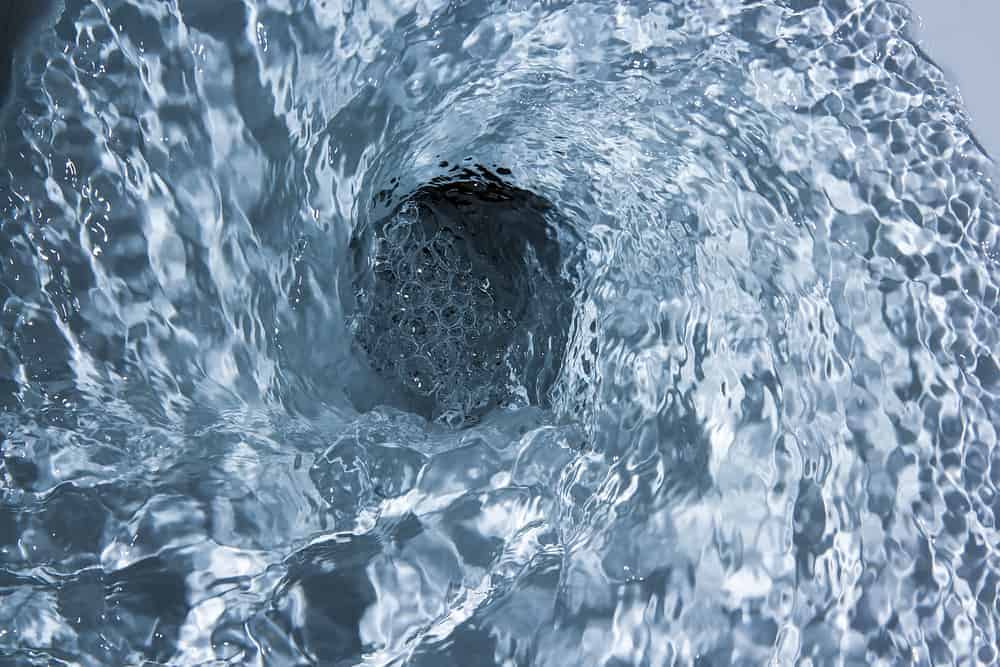Have you found yourself asking, “How do you fix a broken toilet?” Here are some reasons for your toilet woes.
If a running toilet keeps you up at night, you may wonder, “How do you fix a broken toilet?” As one of the most used household appliances, the odds are good that you’ll need to repair your toilet at least once in your lifetime. But when everything backs up, what will you do?
Toilets are not a modern luxury—they have been around for hundreds of years. Since their introduction, toilets have undergone many changes, but one thing remains certain—you don’t fully appreciate a commode until it stops working. Luckily, most problems are easy to fix, and a quick service call from a local plumber will have your throne ready for its next visitor.
The Marathon Runner
Under normal circumstances, a toilet only runs long enough to refill the bowl and tank with water. If your toilet doesn’t stop filling in less than a minute, you may have a marathon runner on your hands. Sure, jiggling the handle may solve the problem for the short-term, but what can you do to stop a running toilet?
A toilet runs whenever there is a leak in the tank. If water keeps escaping from the tank, it will continue to fill. In most cases, a broken flapper is to blame. If you open the lid of the tank, you’ll find a rubber stopper that covers a drainage hole. This piece is the flapper. Look it over. Do you notice any corrosion or warping? If so, then a replacement part is all you need.
The Ghost Flusher
Have you ever heard your toilet flush even though no one was in the bathroom? While you may suspect a ghost, the chances are good that you’re not experiencing paranormal activity. Instead, you have a toilet in need of repair. A few things may cause phantom flushing, including:
- A deteriorating flapper
- A leak in the tank
- Too much water in the tank
- A bad flush valve gasket
Since multiple sources can be the problem, it’s best to hire a plumber to investigate. Otherwise, you may replace several parts before you find the real culprit. A plumber knows best and will save you money by streamlining the repair process.
The Crying Toilet
Check the floor around your toilet. Is it dry, or do you notice dampness? Any wetness around the base of your commode is a surefire sign of a leak. Before you can remedy the situation, however, you need to determine the source of the leaking water.
Leaks on the wall near the water supply valve are common. If you can trace the wetness to this location, then you probably need to repair this valve. Simply tightening the valve connection may solve all of your problems. But if you notice corrosion around the supply line, you need a plumber to replace it for you. While you may want to DIY the repair, it can get quite complicated, and you may end up doing more harm than good.
The supply line may also leak where it enters the tank. If you notice water dripping from the back of the tank, try tightening the supply line connection. This repair is similar to a leak near the wall. You should also inspect the fill valve assembly to make sure it’s securely in place.
Water may also leak where the bowl and tank connect. If you own a two-piece toilet, make sure any bolts are tight and in the right place. You should also replace the gasket if it shows signs of damage. In the worst-case scenario, you may find a crack in the tank itself. While you may be able to repair the crack with a sealant, replacing the toilet is usually a better option.

The Choking Toilet
When you flush, the water level in the bowl should rise and then fall, pushing down everything with it. If your toilet struggles to flush or makes a choking sound, however, a clog in the pipe is most likely the cause.
Toilet clogs are very common. Every household should invest in a plunger—which only costs a few dollars at the local hardware store. If the clog is relatively close to the surface, plunging the toilet should be enough to push it through. However, more stubborn, deeper clogs may require the specialized tools of a plumber.
Most toilets clog on occasion, but there are few things you can do to minimize the risk. Never flush anything besides toilet paper. Baby wipes, paper towels, and feminine hygiene products are notorious for clogging the pipes. Even if a product claims to be “flushable,” it’s best to toss it in the nearest trashcan now instead of having to fix a broken toilet later.
The Erupting Toilet
Has your toilet become Mount Vesuvius? There’s nothing more heart-stopping than watching dirty water rise to the top after flushing. Will it stop, or will it overflow onto the floor? While a toilet that overflows once isn’t a big concern, you may want to call a plumber if the problem persists.
A deep clog in the line is the number one reason for an overflowing—or erupting—toilet. Wastewater has to go somewhere, and if it can’t fit down the pipes, it will most likely end up on your bathroom floor. Once again, plunging the bowl may help. However, if the issue recurs, you may have a more serious problem on your hands.
A clogged sewer line may cause problems in your entire plumbing system. Do you also notice gurgling sounds in the shower drain? If so, you need to call a professional plumber right away. The problem will only get worse if you ignore it. Plumbers have tools and cameras that allow them to see inside the pipes under your house. If a plumber locates a blockage, they can remove it, no matter how deeply embedded it has become. They may even recommend repairing or replacing a few of your sewer pipes.
Turn to the Plumbing Experts for Help
Overflowing, self-flushing, leaking, and clogged toilets are no match for the team at Anthony Wimpey Plumbing. No matter how dire the problem may seem, our skilled plumbers have the experience and know-how to repair your toilet in no time at all. If you have a dirty or stinky situation on your hands, we’ll come to your rescue right away.
When you hire Anthony Wimpey Plumbing, you know you’re getting the best crew in the industry. After all, we have more than 30 years of hands-on experience under our belt! Our plumbers are available around the clock for all of your water emergencies. So, how do you fix a broken toilet? To find out the answer for your situation, get in touch with us to schedule toilet repair with our expert plumbers.
